TikTok Shop Raises Seller Fees Across Europe as Platform Pushes for ‘Content-Driven Commerce’ Expansion
Reading Time: 3 minutesTikTok Shop is raising its sales commission for merchants across five active…
As the curtains fall on the success of the 2023 festive season for eCommerce sellers, marked by robust customer spending and profitability, new challenges emerge. The transition from the celebratory high to the post-festive phase brings about shifts in consumer behavior and market dynamics. Overcoming this challenge is like going to the gym after running a marathon. The constant dip in post-holiday season sales during the first quarter of a year is not a new story for online businesses and it’s crucial to acknowledge how the customer shopping experience is constantly evolving. Thus, the challenge is not merely to maintain the momentum but to strategically adapt to the changing eCommerce landscape as well. In this comprehensive guide, we’ll explore the nuances of the post-festive season and eCommerce sales strategies, recognizing both the challenges and opportunities that lie ahead for online businesses.
Addressing surplus inventory is a critical post-festive challenge that demands strategic solutions. Implementing targeted clearance sales, bundled offers, or exclusive promotions can be highly effective in not only removing excess stock but also maintaining sales. Sellers should carefully curate these eCommerce strategies to increase sales by creating a sense of urgency and exclusivity amongst customers. Utilizing data from the holiday sales season, identifying popular products, and including them in clearance promotions can give optimal results.
As the festive fervor dims, retaining customer interest becomes paramount. Leveraging customer data and insights gathered during the festive season is instrumental in follow-up campaigns, loyalty programs, and targeted email marketing. Craft incentives based on past purchases, ensuring customers feel valued and recognized. By fostering such a sense of connection, sellers can build long-term relationships that extend well beyond the festive season, nurturing brand loyalty.
Analytics tools play a pivotal role in understanding the impact of holiday campaigns. Dive deep into performance metrics, and identify successful eCommerce sales strategies and insights that inform future marketing efforts. Analyzing customer behavior, conversion rates, and popular products can refine targeting for future campaigns. Data-driven decisions empower sellers to adapt and optimize their approach continually, ensuring sustained success in the ever-evolving eCommerce landscape.
Turning one-time holiday buyers into loyal, repeat customers requires a strategic and personalized approach. Develop post-sales support that goes beyond expectations, addressing concerns promptly and effectively. Implement loyalty programs that reward repeat purchases and engage customers through exclusive offers. Leverage customer feedback from the previous holiday season sales to enhance the overall shopping experience, creating a positive cycle that encourages customers to return for more.
Post-holidays, diverse product offerings become a key strategy to attract customers seeking new and different items. Conduct market research to identify emerging trends and introduce complementary product lines or variations. Highlight these offerings through targeted marketing campaigns, tapping into the growing preferences of your customer base. This not only caters to diverse tastes but also expands the product range, potentially increasing overall sales.
Enhancing the overall shopping experience involves continuous optimization. Implement user-friendly interfaces, and frictionless checkout processes, and improve site navigation based on customer feedback and analytics. A seamless online experience not only encourages repeat business but also fosters positive customer feedback and referrals.
Integrating AI-driven chatbots for customer service and leveraging automation tools for inventory management and order processing enhances operational efficiency. Automation frees up valuable time and resources, allowing sellers to focus on strategic growth initiatives and customer-centric activities. Embrace technological advancements to stay competitive in the dynamic eCommerce landscape.
Check out CedCommerce, a leading multichannel enabler with AI-driven solutions that can help you manage your store easily.
Given the exponential growth in mobile shopping, prioritizing mobile responsiveness is crucial. Optimize the mobile experience by ensuring responsive design, fast loading times, and intuitive navigation. An optimized mobile experience ensures accessibility and convenience for a broader customer base, capitalizing on the growing trend of mobile-centric shopping habits.
While the above strategies are a must, you must also think like a shopper and imagine your journey after the holiday season lulls. Because of the rapidly changing shopping experience, each shopper demands a different journey to interact with their product. Here are some bonus tips to help you tap into a better post-festive season success strategy:
The post-festive period presents a pivotal moment for eCommerce sellers to adapt and capitalize on the opportunities that lie ahead. To set the stage for continued success throughout the year, eCommerce businesses must acknowledge the challenges and implement strategic solutions. Additionally, focusing on sustained growth strategies and embracing technological advancements can help weather the post-holiday lull.
As you navigate the eCommerce landscape after the festive season, several key factors determine growth and success. Focusing on agile and data-driven decisions along with a customer-centric approach can help your store grow beyond the holiday rush. Implement the above-mentioned eCommerce sales strategies and drive your online business to the next level in 2024 with CedCommerce. Click here to get access to expert advice, robust integration solutions, and multichannel growth opportunities. And stay tuned for more value-adding tips and strategies to grow your online sales.

Reading Time: 3 minutesTikTok Shop is raising its sales commission for merchants across five active…

Reading Time: 11 minutesBy now you have seen your BFCM 2025 numbers. The harder question…

Reading Time: 3 minutesAbout the Brand Name: Vanity Slabs Inc Industry: Trading Slabs- Vanity Slabs…
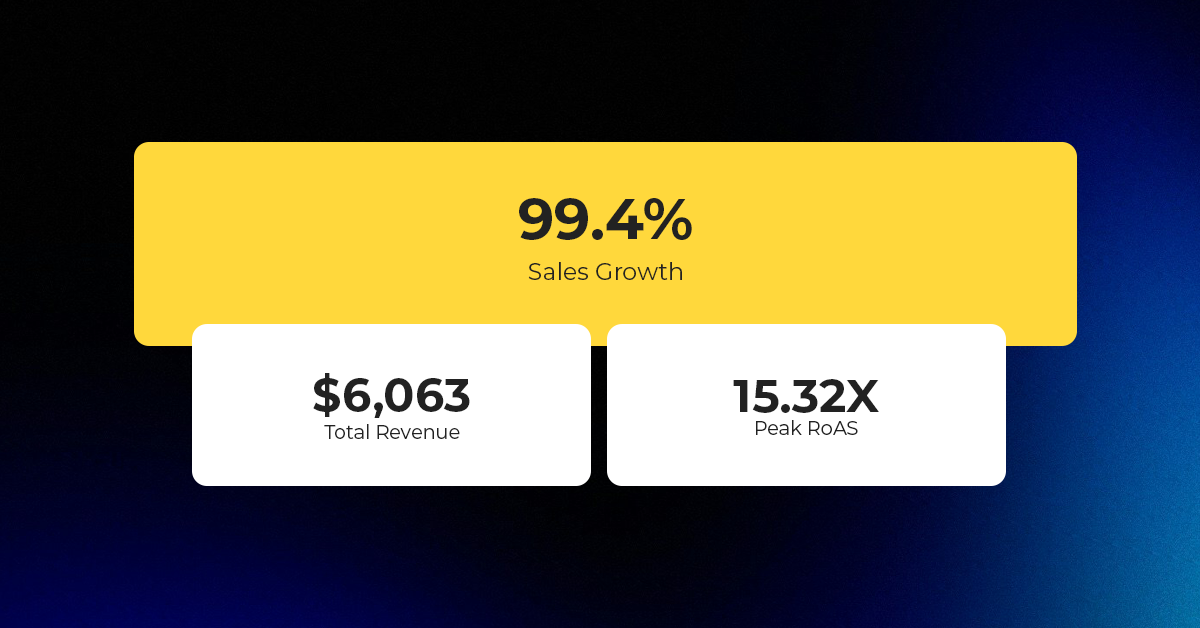
Reading Time: 2 minutesAbout the Brand Name: Ramjet.com Industry: Automotive Parts & Accessories Location: United…

Reading Time: 2 minutesAmazon is rolling out strategic referral fee reductions across five major European…
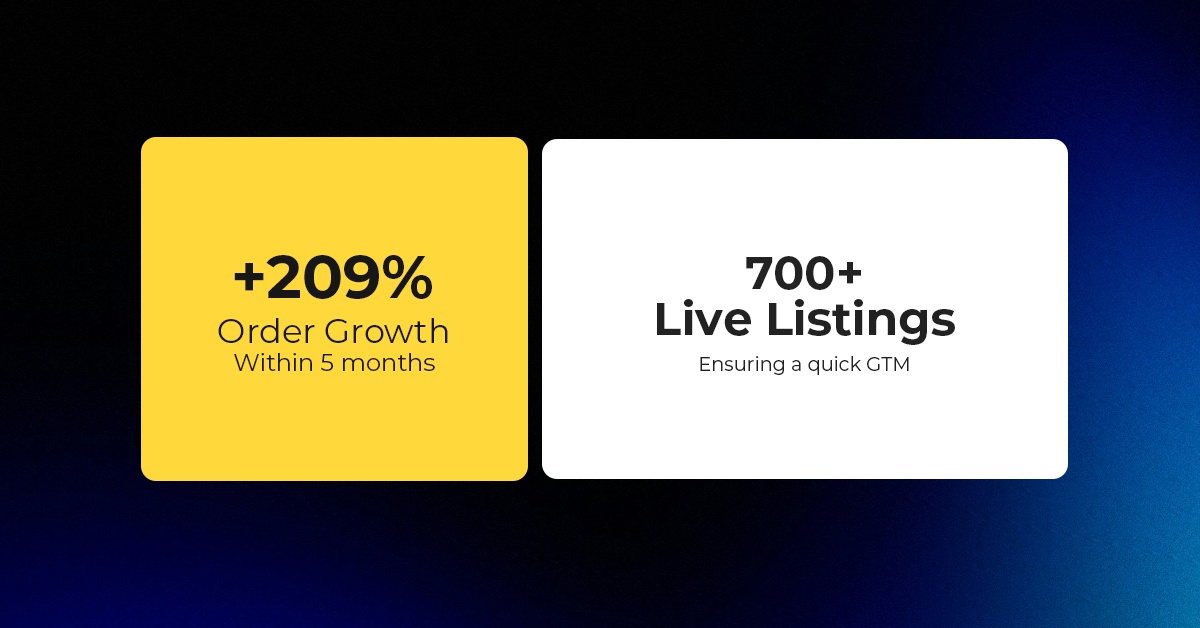
Reading Time: 4 minutesQuick Summary: Scaling Lifestyle Powersports on eBay with CedCommerce Challenge: Zero marketplace…

Reading Time: 4 minutesTikTok has surpassed 460 million users across Southeast Asia, reinforcing its position…

Reading Time: 3 minuteseBay has released its final seller news update for 2025, with a…

Reading Time: 3 minutesAmazon has clarified its stance regarding speculation around a potential breakup between…

Reading Time: 4 minutesWalmart is accelerating its push into next-generation fulfillment by expanding its drone…

Reading Time: 4 minutesFaire, the fast-growing wholesale marketplace connecting independent retailers with emerging brands, has…

Reading Time: 4 minutesB2B buying in the United States is undergoing a fundamental behavioral shift…
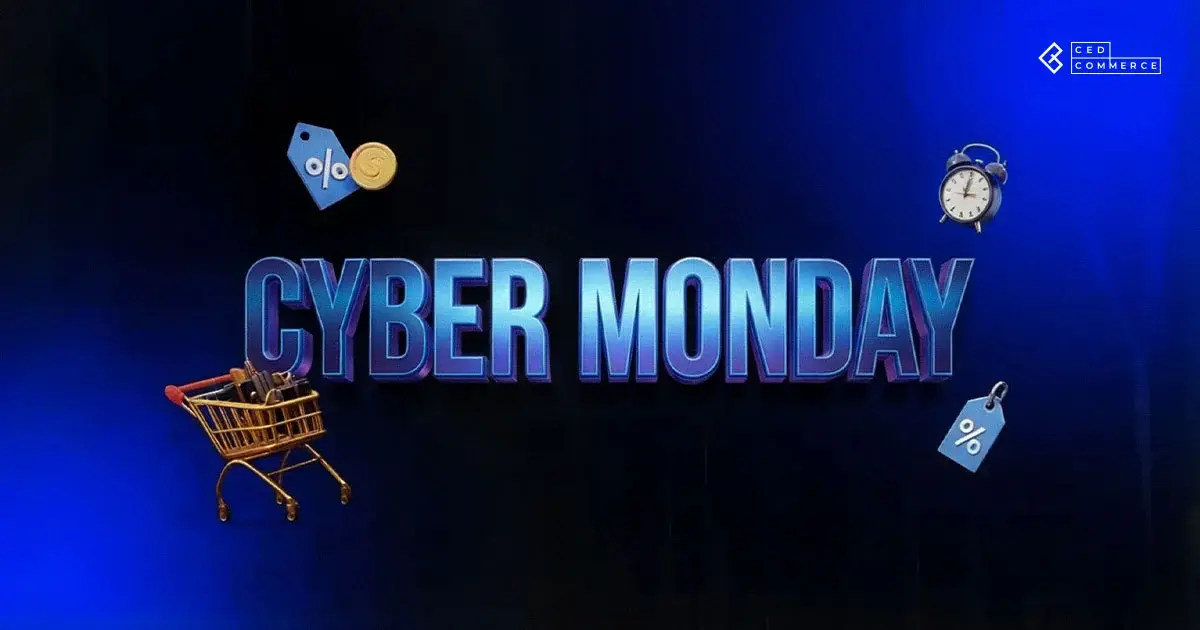
Reading Time: 3 minutesSummary Cyber Monday 2025 has officially become the largest online shopping day…

Reading Time: 2 minutesSummary Amazon kicked off December with two major developments shaping the future…

Reading Time: 2 minutesSummary Walmart has entered December with two major moves that signal a…
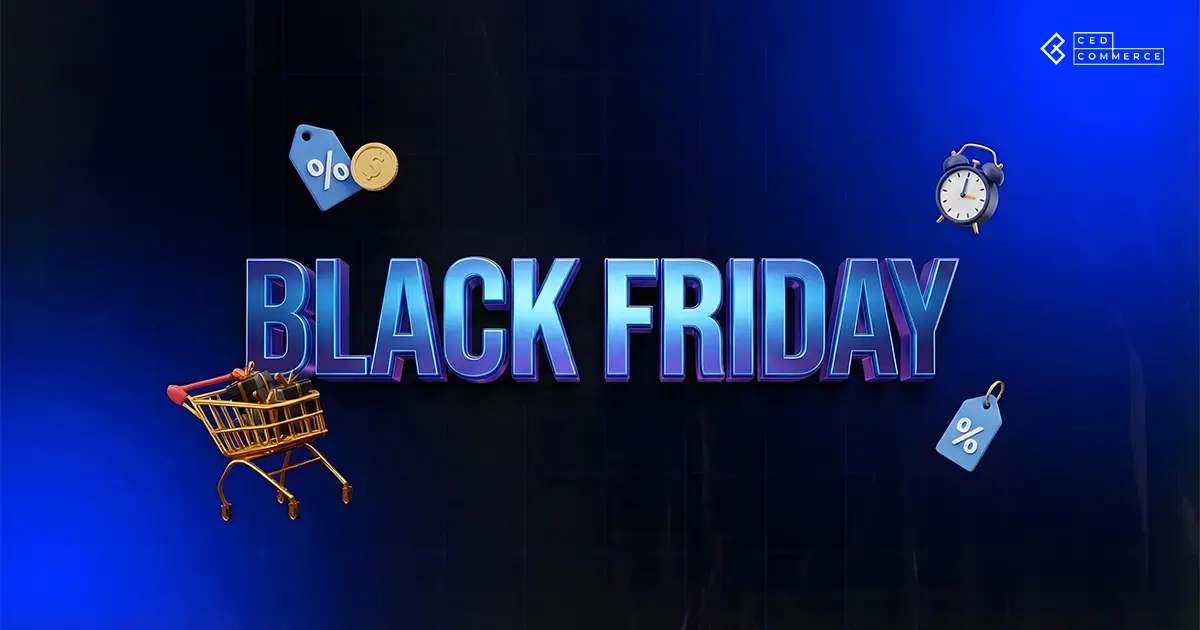
Reading Time: 2 minutesBlack Friday 2025 delivered the strongest U.S. eCommerce performance in history, as…
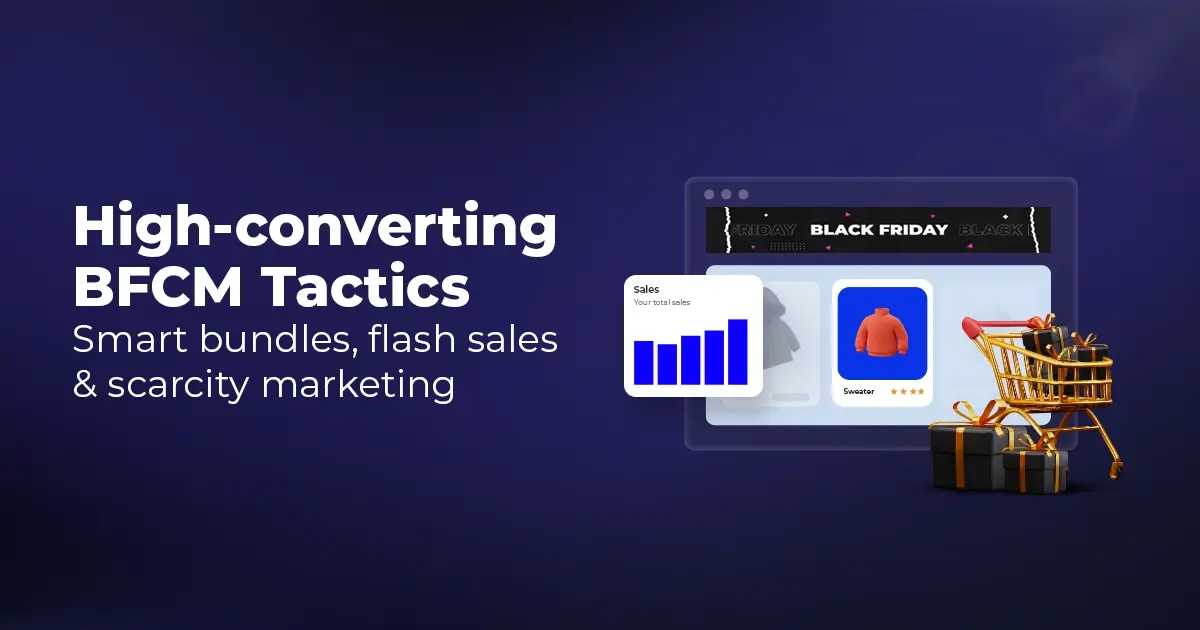
Reading Time: 13 minutesStill approaching BFCM with generic discounts, last-minute price cuts, or scattered promotions?…

Reading Time: 3 minutesTikTok Shop reached a major milestone during its largest U.S. “Global Black…

Reading Time: 4 minutesOpenAI has announced a new AI-powered shopping research tool designed to help…
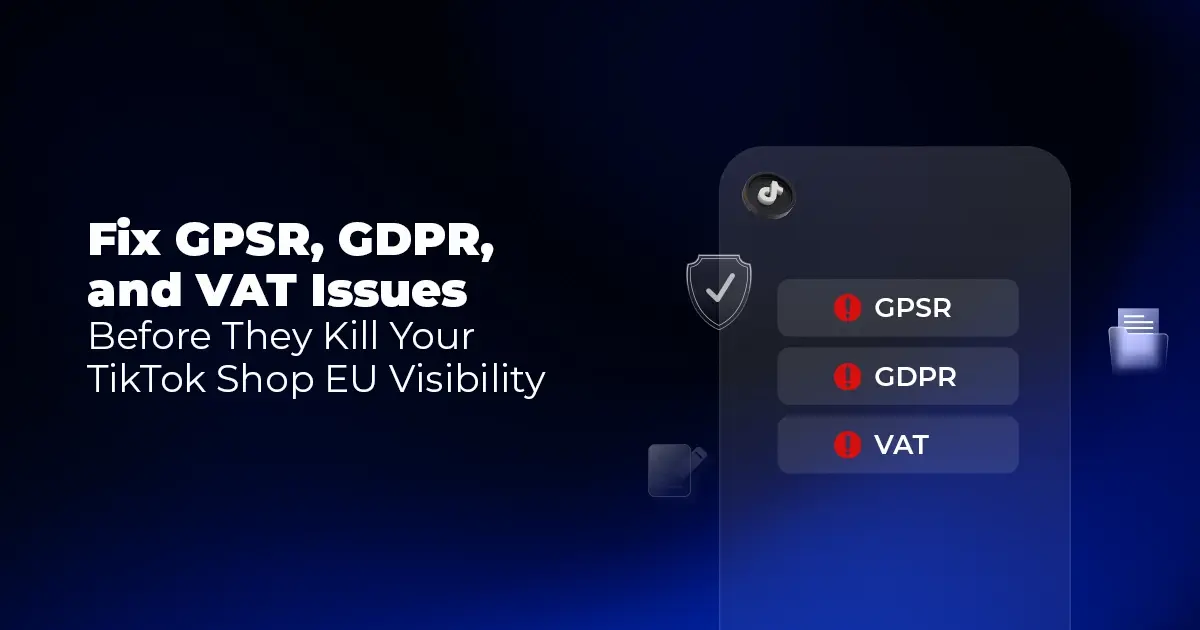
Reading Time: 9 minutesIf your TikTok Shop listings often sit in review or your visibility…